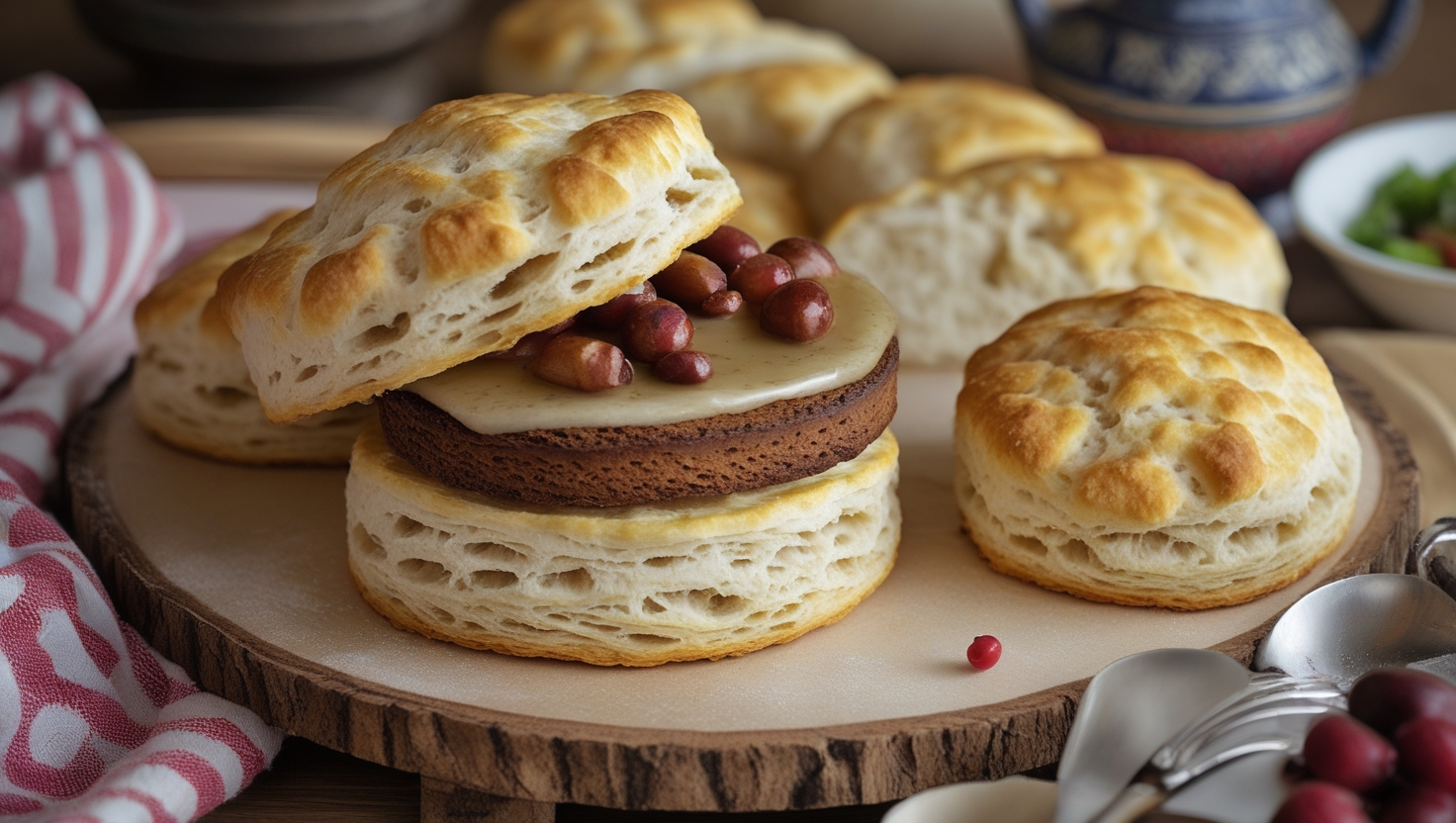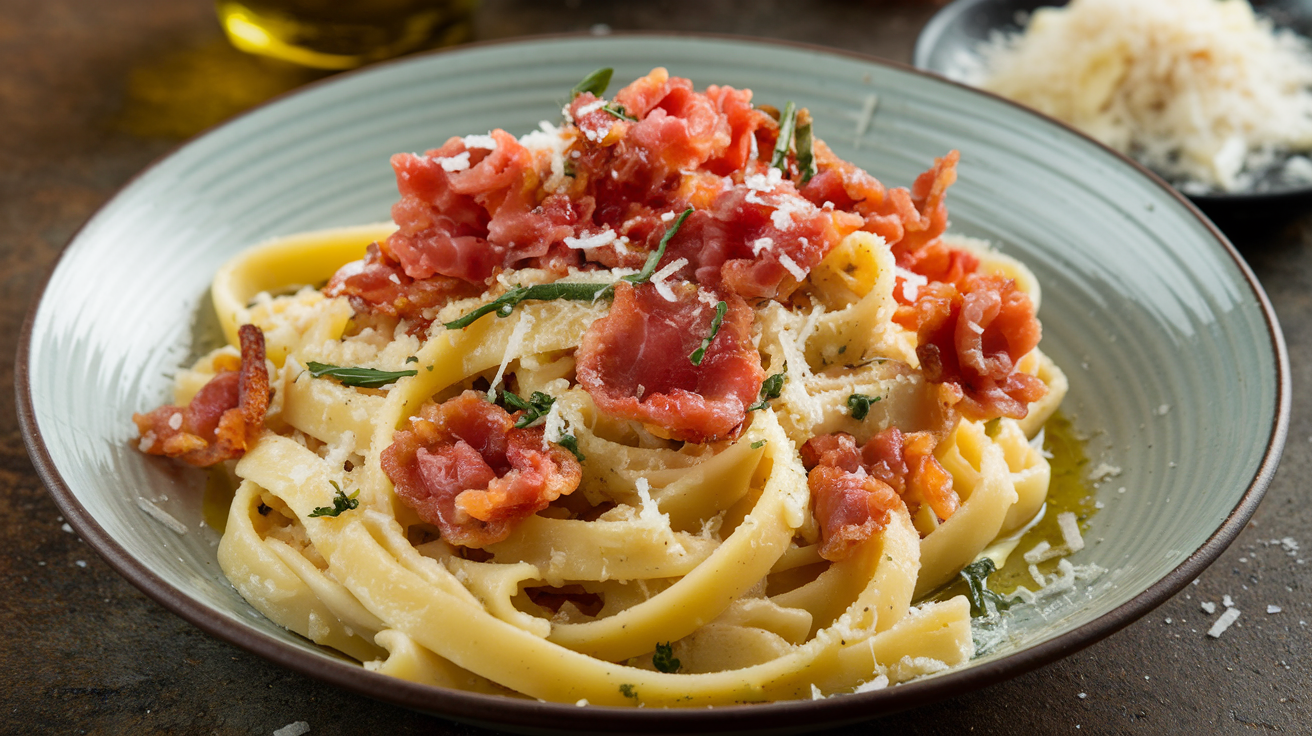
Introduction
By searching for the term ‘American biscuit,’ one visualizes immensely soft, layered, and buttery commodities associated with the abyss of easy American comfort food. Once served with gravy or used as a side dish to some breakfast favorites, the American biscuit is in every American’s book. But what if you take one of the most American inventions and roll it into one of the most culturally unique accessories, a kufi? Here comes the “american biscuit with a kufi on“— if you can think of how two utterly distinct genres could merge and become something else entirely!
In this article, the author focuses on this particular synergy, first and foremost, as a cultural phenomenon and a phenomenon of taste. Exploring the world of food and culture and then the world of Innovation all because of a biscuit with kufi on our heads, and so it is much more than just a biscuit; it is a symbol of fusion and representation of America today.
The History of American Biscuit
However, it is worthwhile to understand what the American biscuit is: Biscuit, regarding the American meaning of the third term, is a type of soft bread that is usually served persona. Usually, it contains flour, baking powder, butter, and buttermilk, providing a soft crumb with a potato-like crust. The derivation of the American biscuit links with early settlers in the Southern part of the United States of America and from recipes of the European immigrants.
In the years that followed, the American biscuit was integrated into Southern cuisine as a breakfast food or dinner dish served with various compliments, such as sausage gravy or fried chicken. This food has existed and is commonly used despite changing seasons and progressive years, hence its popularity in giving people comfort and receiving guests.
Culture: A Traditional Icon of Cultural Heritage
The other cloth, the kufi, has its cultural implication. It is borne out of Islamic culture. This traditional hat is familiar to men in many African and African American societies and Muslim societies worldwide. The kufi has a written word packed into it where it has the meaning or signifying respect, consciousness, and selfhood. Its roots have been established to stem from different parts of Africa and were used as yard wear and in ceremonies and worship.
What could be so special about kufi, and why is it such an essential garment for people? It is a symbol that people have some history with, some connection to a place, their ancestors, or their people. How do people who wear it in the United States, Africa, or other parts of the world show tradition and culture?
The Fusion Of The American Biscuit With A Kufi On
Let’s imagine an American biscuit having a kufi on, would you? On the face of it, this forms a rather weird coalescence. Indeed, they sought to know how a piece of food may be associated with a cultural artifact such as a kufi. Despite that, one can think deeply about the essential aspect of cross-cultural interactions and the significance of multicultural fusion, especially in food.
The “american biscuit with a kufi on” represents the blending of two worlds: one represents Southern American foodways, and the other is tied to the African, African American, and Muslim cookways. By placing a kufi on top of an American biscuit, artists give people a combination of a sign for cultural exchange and appreciation.
Tourism: Cultural and Culinary Importance
Combining an “american biscuit with a kufi on” is not merely an aesthetic or/and conceptual stratagem. It is a way of opening a discussion on the relationship between food and culture. Living in a world as we do today where cultures constantly blend and change, the “american biscuit with a kufi on” symbolizes what it is to be one world. This concept may be used as a basis for discourse and discussion on food practices, ethnicity, and American society in the change process.
Further, firmly establishing this marriage creates a new paradigm for understanding food based on legislation. The American biscuit is a sublime example of a comida familiar tradition that started in South America. The kufi, with all the historiographic meaning inherent in it, visualizes a different culture. When taken together, the two come to the realization that culture is dynamic – it is dynamic in the sense that it emerged out of the interaction with the Tusavo and is dynamic in the sense that it incorporated new ideas from other cultures.
How the “American Biscuit With A Kufi On” Translates into Modern Culinary Imagination
I love food and think that the “american biscuit with a kufi on” is one of the examples of how people tried to break the stereotype. The entrance of the kufi into the food domain perfectly illustrates how chefs and home cooks are concerned with expanding their creativity concerning food presentation.
On the other hand, the biscuit of the traditional sandwich tradition of Americans, the dry biscuit, may not have a transformational change in its core recipe. Still, the variant ‘the american biscuit with a kufi on’ suggests fresh possibilities for improvisation. Considering the original American biscuit, ideas could be tested regarding incorporating tastes, mouth feels, and appearances. Maybe the kufi transforms into a physically integrated element of the food; kufis are sweet bread that can be added to the dish as a dessert garniture or an ingredient. It could also be a thematic ingredient that can help people develop a meal of cultural assimilation.
The application for culinary artwork is immense; thus, introducing new forms and spices privileged with African or Middle Eastern origins or combining the biscuit with traditional African or Middle Eastern foods such as hummus, lentils, or spiced meat. The “american biscuit with a kufi on” could prompt a whole new category of Southern-African/Muslim-American comfort food and a cookbook to boot!
Conclusion
The “american biscuit with a kufi on” is much more than a snack. It pretty much notes everything a blend of two cultures can create brilliantly. It makes us think about how food and culture interact and how the concepts might be reinvented or redefined. Served in a classic Southern diner or a new age ‘fusion’ restaurant, the “american biscuit with a kufi on” will generate conversation, stimulate culinary Innovation, and rekindle faith in the melting pot idea.
FAQs
1. What is a biscuit of America served with a kufi on?
An american biscuit with a kufi on it and a kufi cap are symbols of unity between two cultures.
2. What does the kufi have to do with the American biscuit?
The kufi is a cultural item and an inheritance, while the American biscuit is a dish that signifies home cooking. Together, they symbolize blending two cultures and a melting pot of food.
3. Can an american biscuit with a kufi on be a new type of cuisine?
Indeed, this combination of food and culture might lead to new dishes – Southern, African, and Muslim cuisines combined.
4. Does this constitute a “american biscuit with a kufi on only for special occasions?”
And even though it can be eaten anytime, like other foods, it is one of the most culturally relevant dishes that could be celebrated during such events as diversity and unity dinners.
5. What does an american biscuit with a kufi on represent about the culture?
American biscuit is associated with the Southern U.S. food culture, and kufi with the African, African American, and Muslims.
6. How can the “American biscuit with a kufi on” be made at home?
You may try an ordinary biscuit recipe in the United States and add spices or other components originating from Africa or the Middle East to add a cultural cooking twist.
